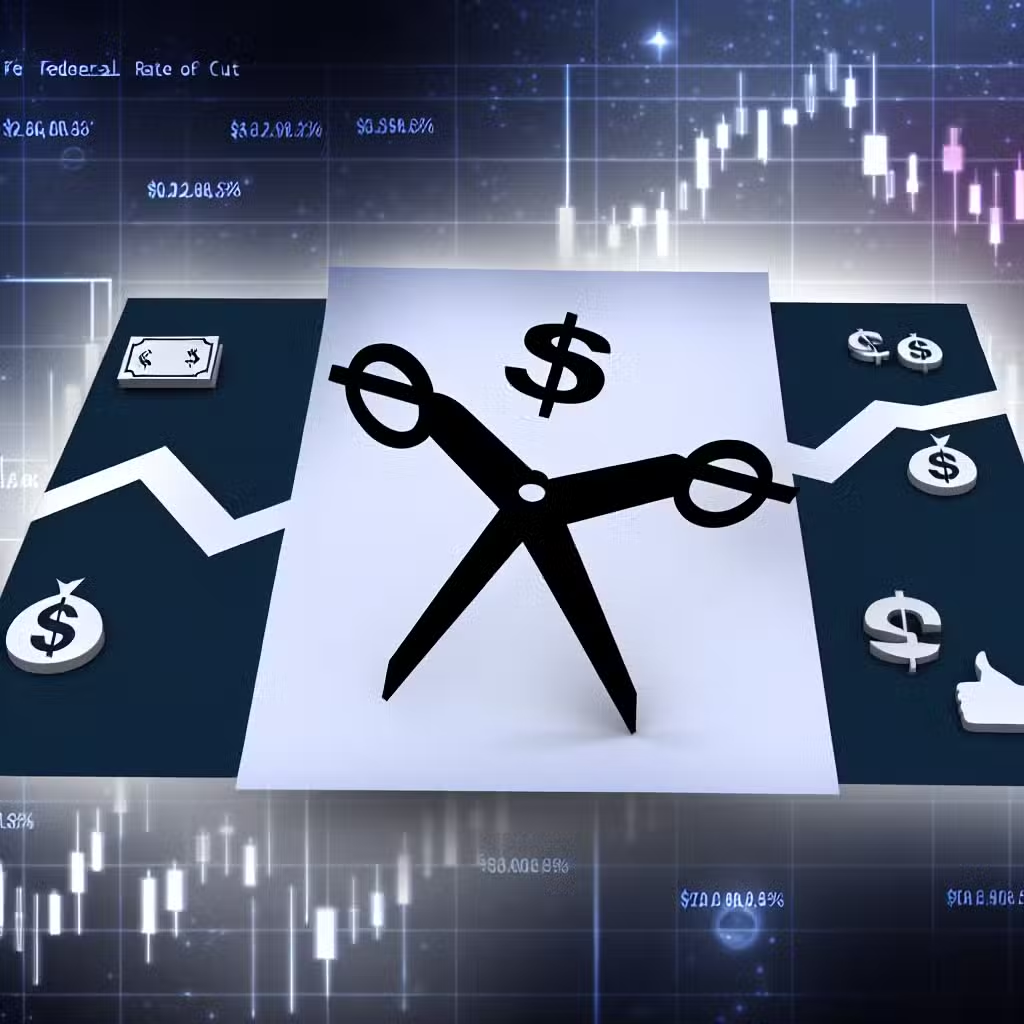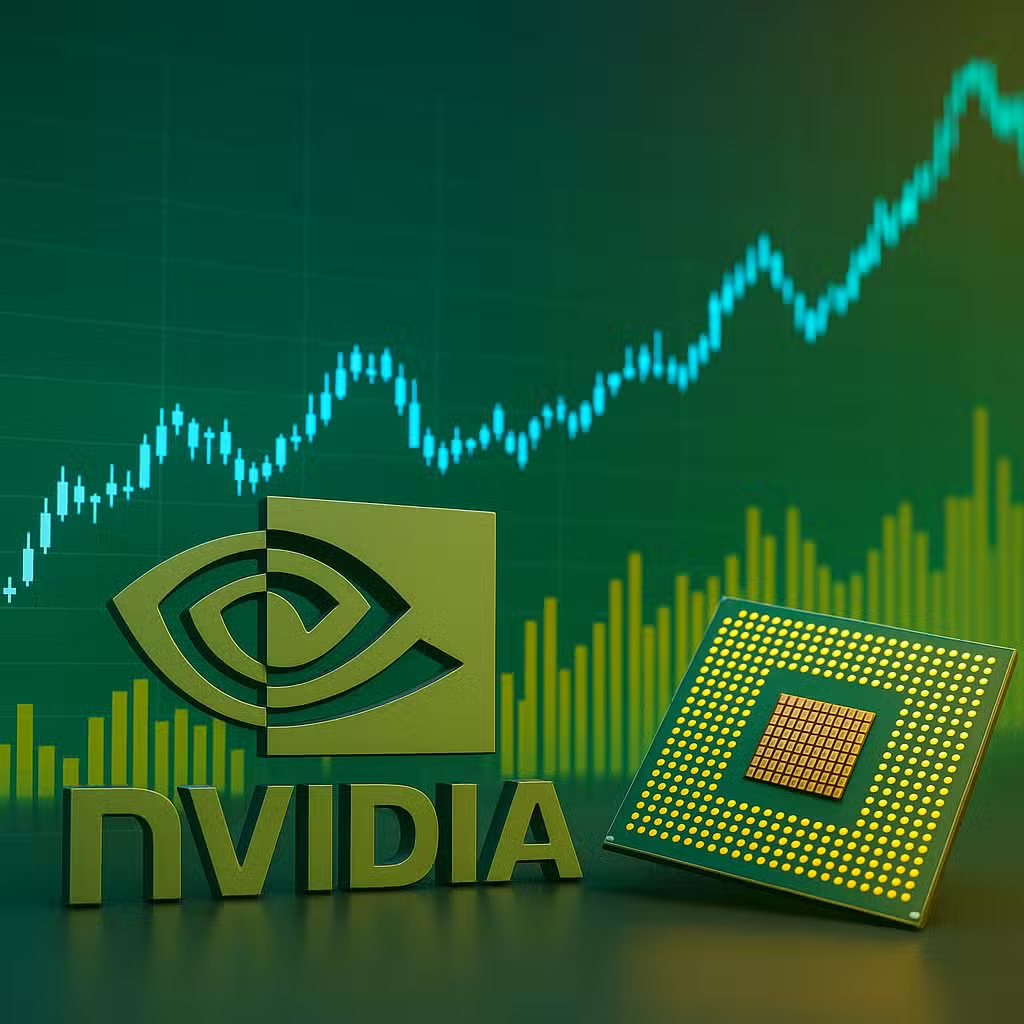Calm Market Conditions Offer Investors Stability Amid Bubble Concerns
Think of the stock market like a crowded movie theater. When someone yells “fire,” everyone rushes for the exit—even if there’s just a little smoke. Right now, there’s a lot of shouting about a possible “AI bubble.” But is it really time to run, or are we just getting spooked by old memories?
Why This Matters for Investors
If you own stocks—especially tech or AI companies—these warnings could affect your investments. Big swings up or down can change the value of your portfolio, so it’s important to know if we’re in a real bubble or just seeing normal excitement about new technology.
The Bull Case: Why Some Experts Aren’t Worried
- Stronger Companies: Unlike the dot-com era, today’s biggest AI firms are making real profits and have strong balance sheets. According to Morgan Stanley, the average company in the S&P 500 has a free cash flow yield three times higher than in 1999.
- Better Valuations: Adjusted for profit margins, stock prices aren’t as high as they were during the dot-com bubble. This means companies are earning more compared to their stock prices. Check out this Morgan Stanley research for more data.
- PEG Ratio: The price/earnings-to-growth (PEG) ratio for tech stocks is much lower than it was in 1999, according to Goldman Sachs. This means investors aren’t paying as much for each dollar of future growth.
- Preparedness: With so much talk about bubbles, many investors are already cautious. This awareness can help prevent the kind of wild risk-taking that led to past crashes.
The Bear Case: Why Some Are Still Nervous
- Rapid Price Increases: AI stocks have soared in value, and history shows that fast climbs can sometimes end in big drops.
- Dealmaking Risks: Big spending in AI—like OpenAI’s billion-dollar deals with chipmakers—reminds some experts of the “vendor financing” that helped inflate the dot-com bubble. This could make demand look bigger than it really is.
- Bubble Warnings: Even Fed Chair Jerome Powell has commented on high asset prices. When top officials start talking, it’s wise to listen.
- History’s Lessons: During the late 1990s, many investors ignored warning signs until it was too late. According to a study by the National Bureau of Economic Research, bubbles often burst when investors become too relaxed.
What’s Different This Time?
Today’s leading AI companies are much more profitable and have less debt than the high-flying tech firms of 1999. Morgan Stanley and Goldman Sachs both say that, when you look at more modern ways to judge company health, things don’t look nearly as risky as they did during the dot-com bubble. Plus, Bank of America analysts believe that concerns about risky financing in AI are “highly overstated” and likely make up only a small part of the market.
Investor Takeaway
- Stay Alert: Keep an eye on your investments, especially if you own a lot of tech or AI stocks. Don’t ignore warnings, but don’t panic, either.
- Look Beyond Headlines: Check company profits, cash flow, and debt—not just rising stock prices—before making decisions.
- Diversify: Spread your investments across different sectors. Don’t put all your eggs in the AI basket.
- Learn from History: Remember that bubbles often pop when everyone stops worrying. Stay cautious even when things look good.
- Use Reliable Sources: Read research from reputable firms like Goldman Sachs and check stats from trusted studies to guide your choices.
The bottom line? The AI market is strong, but it’s always smart to keep your guard up. Think carefully, and you’ll be ready for whatever comes next.
For the full original report, see Yahoo Finance







